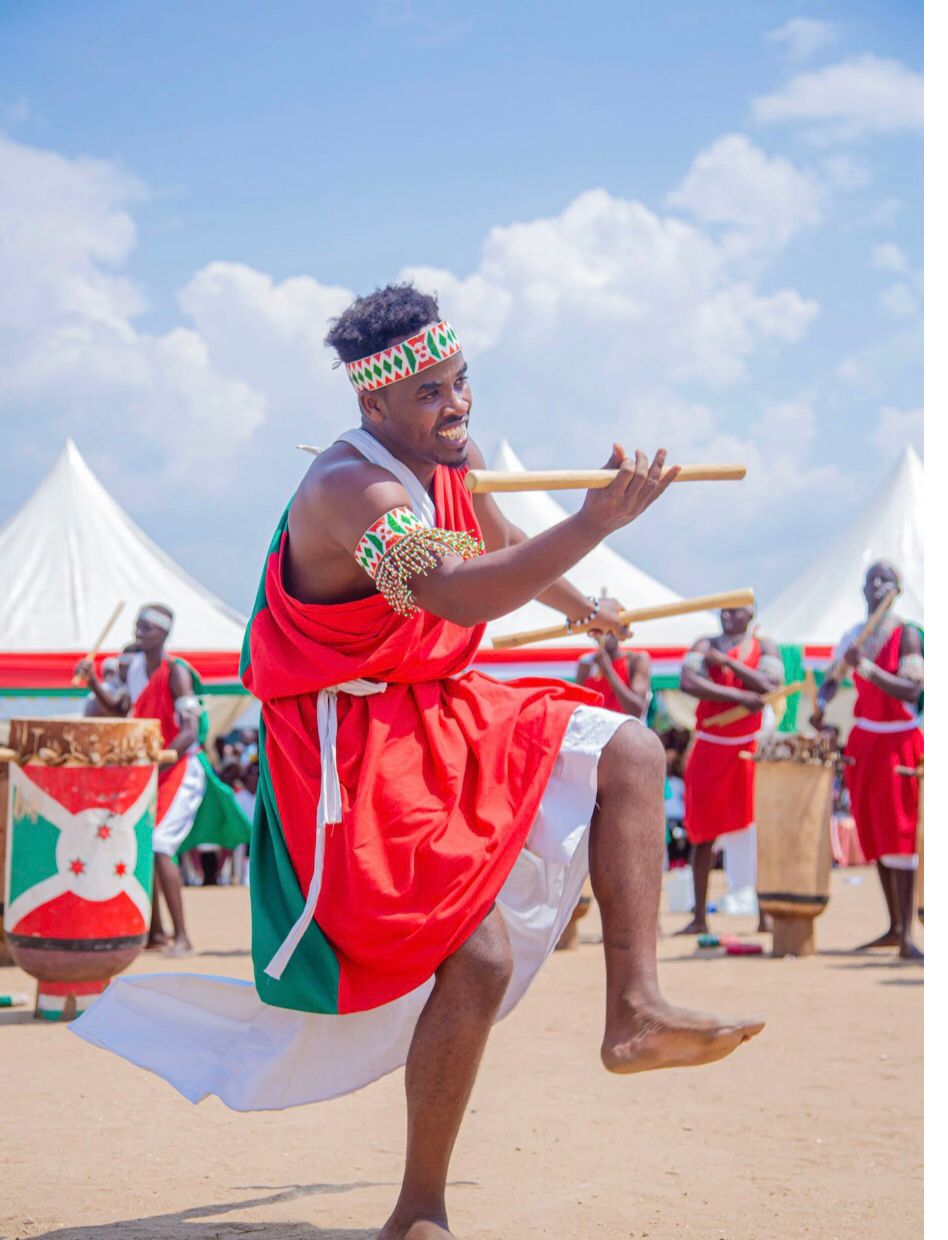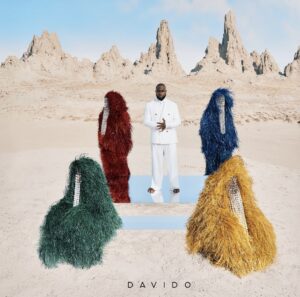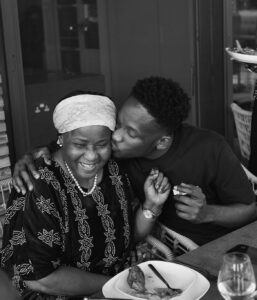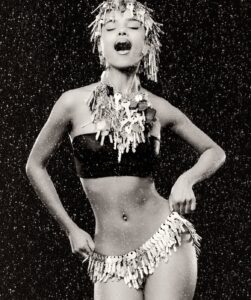East African music genres are some of the most interesting in Africa. So also, as genres from North and Central Africa. If you’ve been keeping up with us here at Soot Africa, you’ll recall how far we’ve gone down this rabbit hole called African music genres. We’ve looked at sounds from West Africa and South Africa, where we saw the kings of Highlife, Amapiano, and so many other intriguing genres. And now, we’re going to end the series with a bang… Music genres from North, East, and Central Africa that you should absolutely be listening to.
Kizomba: The Music Genre For African Lovers
You know the kind of music that makes you want to pour out a glass of wine and dance in the most sensual way possible… Kizomba is that kind of music. Think of it as a modernized version of African salsa, but slower, smoother, and more intimate.
This genre of African dance music originated in Angola in 1984 and has its influences from Samba and French musical styles. One popular name that comes up when this style of music is mentioned is Eduardo Paim, who played a huge role in pioneering it.
If you’re feeling particularly romantic and want to express yourself through dance, Kizomba is the music for you. Call your partner up and play some Kizomba. However, be ready to do a lot of lead and follow hip rotations because that is the Kizomba dance!
Makossa: The Music For African Dancers
Makossa is no stranger to us all. We know about it, but we might not know where exactly it came from. Makossa is one of the earliest music genres from Cameroon that started out as street music in the 1920s and 1930s. It literally means “dance” in the Douala language, a beautiful ethnic language from Cameroon.
As for how this genre gained so much recognition across the continent, one important name is Manu Dibango, a saxophonist who recorded the famous song “Soul Makossa”, which currently holds a record for the most sampled African song. Can’t blame them though, Makossa is groovy and catchy. Another important name is Emmanuel Nuelle who used the refrain “kossa kossa” in his songs, publicizing it even more.
Taarab: The East African Music Genre for Festivities
This is one of the more traditional East African music genres. It became popular when it was played for entertainment at weddings and other festivities. It sounds very much like your typical Indian Ocean music but with an accordion, violin, and other influences of the African sound. They all blend to give an upbeat rhythm you’d very much like to hear at a wedding.
Even though Taarab began to die off as the 1990s approached, it was popularized by Sultan Seyyid Barghash Bin Said who was known for his lavish and luxurious parties. The Sultan would throw these events and have Taarab playing all around. It wasn’t long before the music spread to other regions.
The first famous female Taarab singer was a woman born in 1880, Siti Binti Saad who would sing in Both Arabic and Swahili, dominating the music scene where only males had previously thrived. She made over 150 gramophone recordings and even came up with an Indian-inspired dance movement called Natiki.
Bongo Flava: The Hip Hop East african music genre
This is a more recent genre that was generated in the 1990s. It started as a Tanzanian version of American hip-hop and R&B. The name Bongo Flava comes from “Ubungo” meaning “Brains”. Ever since its debut, it became really popular as a genre for the Tanzanian youth till it slowly spread across Africa.
One major moment in Bongo Flava’s history was when an influential dub artiste, Saleh Jabir, rapped over Vanilla Ice’s famous song “Ice ice baby” in Kiswahili. The song was so popular that it became the first Tanzanian rap song on Tanzanian radio. Now, Bongo Flava is still very much alive with artists like Vanessa Mdee and Diamond Platnumz frequently releasing bangers the whole of Africa can listen to.
Chaabi: The Music Of The People
Chaabi means “of the people”, a traditional North African music genre that became popular in 1930. To put it quite simply, it is popular music for the people of North Africa. It began to have variations like Algerian Chaabi, Moroccan Chaabi, and Egyptian Chaabi, which were all fast-paced and lively.
Some variations of Chaabi songs usually feature a lot of clapping, shouting, and dancing in the background of the vocals. It could also feature mournful Arabic vocals with percussion beats in a background of orchestral symphonies. This was probably why it became a famous genre played at evening cafes or when the locals were celebrating the break of the daily fast at Ramadan.
Rai
Rai is an important Algerian music genre that became famous in the mid-70s. People who sang Rai were often referred to as Cheb, meaning Young. Rai basically appealed to younger people at the time and the music featured a lot of added western instruments. This was all in a bid to try to modernize the existing traditional Islamic songs that were popular at that time.
Rai came from a city called Oran. It is closely tied to Chaabi music as singers of Chaabi were called “Sheikh” meaning old. At the time Chaabi was becoming less popular, Rai came up in the scene as the new and fresh sound. As much as it was a funky sound for young people, the lyrics still addressed societal issues like European colonization. Around 1980. Rai became so popular that it became recognized as a world-music genre.
Without a doubt, Africa has a rich history of so many genres that we could go on and on about. This is only a handful of the beautiful genres that originated from African culture, most of which are still alive today. East African music genres, and music from North and Central Africa are all exciting to look at. Keep up with us here at Soot Africa as we regularly unpack the beauty of African music!





